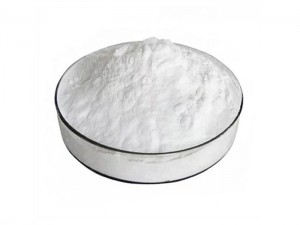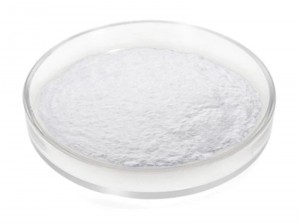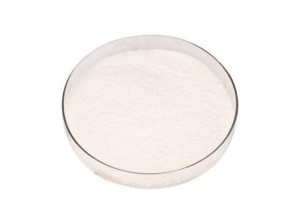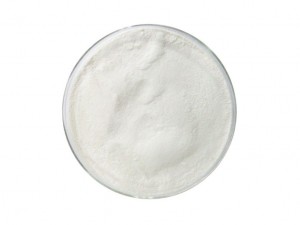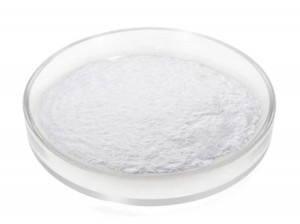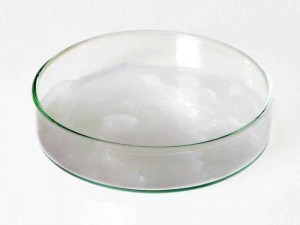Paclobutrazol
Paclobutrazol, Technical, Tech, 90% TC, 95% TC, 97% TC, 98% TC, Pesticide & Plant Growth Regulator
Specification
| Common Name | Paclobutrazol |
| IUPAC Name | (2RS,3RS)-1-(4-chlorophenyl)-4,4-dimethyl-2-(1H-1,2,4-triazol-1-yl)pentan |
| Chemical Name | |
| CAS No. | 76738-62-0 |
| Molecular Formula | C15H20ClN3O |
| Molecular Weight | 293.79 |
| Molecular Structure | 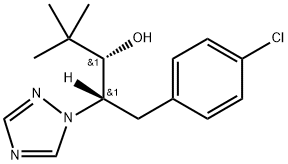 |
| Specification | Paclobutrazol, 90% TC, 95% TC, 97% TC, 98% TC |
| Form | White Crystalline Solid |
| Melting Point | 165-166℃ |
| Density | 1.22 |
| Solubility | In water 26 mg/l (20℃). In Acetone 110, in Cyclohexanone 180, in Dichloromethane 100, in Hexane 10, in Xylene 60, in Methanol 150, in Propylene Glycol 50 (all in g/L, 20℃). |
| Stability | Stable for more than 2 years at 20℃, and more than 6 months at 50℃. Stable to hydrolysis (pH 4-9), and not degraded by u.v. light (pH 7, 10 days). |
Product Description
Paclobutrazol is a triazole plant growth regulator developed in the 1980s and an inhibitor of endogenous gibberellin synthesis. It can delay plant growth, inhibit stem elongation, shorten internodes, promote plant tillering, increase plant resistance and increase yield. It also increased the activity of indoleacetic acid oxidase and decreased the level of endogenous IAA in rice seedlings. Obviously weakens the rice, the seedling top growth superiority, promotes the side Bud (Tiller) to grow. The appearance of the seedlings was short, strong and tillering, and the leaves were green. Well-developed root system. The anatomical study showed that Paclobutrazol could make the cells of root, leaf sheath and leaf of rice seedling smaller and the cell layer of each organ increased. The results of tracer analysis showed that Paclobutrazol could be absorbed by rice seeds, leaves and roots. Most of the Paclobutrazol absorbed by the leaves remained in the absorbing part and was rarely transported out. Low concentration of Paclobutrazol increased the photosynthetic efficiency of rice seedling leaves and high concentration inhibited the photosynthetic efficiency. The respiratory intensity of root system was increased, the respiratory intensity of ground and upper part was decreased, the resistance of Stomata was increased, and the transpiration of leaf surface was decreased.
Paclobutrazol is suitable for rice, wheat, peanut, fruit tree, tobacco, rape, soybean, flower, lawn and other crops.
● Biochemistry:
Inhibits gibberellin and sterol biosynthesis and hence the rate of cell division.
● Mode of Action:
Plant growth regulator taken up into the xylem through the leaves, stems, or roots, and translocated to growing sub-apical meristems. Produces more compact plants and enhances flowering and fruiting.
● Uses:
Used on fruit trees to inhibit vegetative growth and to improve fruit set;
on pot-grown ornamentals and flower crops (e.g. chrysanthemums, begonias, freesias, poinsettias and bulbs) to inhibit growth;
on rice to increase tillering, reduce lodging, and increase yield;
on turf to retard growth; and on grass seed crops to reduce height and prevent lodging.
To be applied as a foliar spray, as a soil drench, or by trunk injection. Has some fungicidal activity against mildew and rusts.
● Phytotoxicity:
Non-phytotoxic, though it intensifies greening. Some spotting has been noted on periwinkle foliage at higher temperatures.
● Packing in 25KG / Bag



